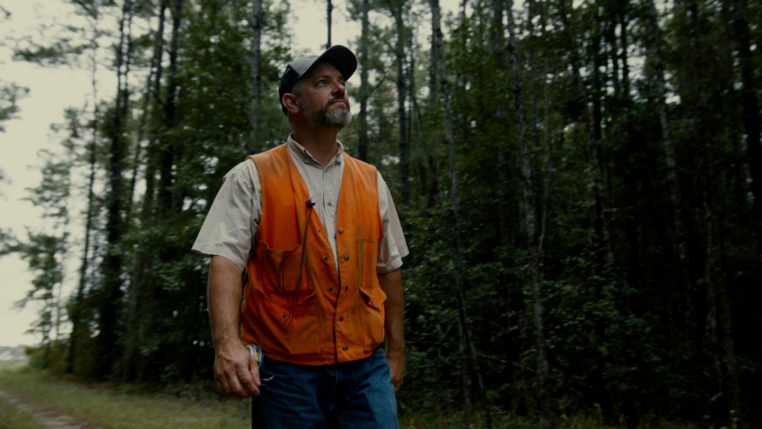Part of the Workforce Challenge is a Demographic Challenge

Across the country, the forest products industry is facing labor challenges – simply put, we need more people logging, driving trucks, and working in the mills. Fortunately, there are existing and emerging programs to train workers, associations are working with students and educators to ensure they are exposed to the forest industry as a viable and rewarding career choice, and companies are experimenting with new ways to recruit and grow their teams.
That’s all important and necessary. However, in many places, there is a larger challenge that needs to be addressed – some (many?) rural areas just don’t have the population to fill jobs. For work I have been doing in my home state of Maine, it has become apparent that one of the reasons that the forest industry isn’t attracting workers is because there aren’t enough emerging workers to go around.

Here’s a slide from a recent presentation showing Maine’s age distribution in 2000 and again in 2020. A few things caught my attention:
- In 2000, the median statewide age was 38.6; by 2020, this had risen 6.5 years to 45.1;
- While 65 is no longer a magical retirement age, it’s still a good proxy. In 2000, 14.4% of Maine’s population was 65 or older; in 2020, that number had grown to 21.8%;
- The large cohort aged 30 – 49 in 2000 has (not surprisingly) aged 20 years over this period and is now 50 – 69. This means a lot more retirements in the coming decade, and
- Somehow, the population bump that existed in the 10 – 19-year-olds in 2000 does not show itself as a similar bump in 30 – 39-year-olds, so that’s people not in Maine’s workforce today. (Maybe if we went looking for them in Boston, New York, or Phoenix, we would find where they’ve entered the workforce.)
This is statewide data, so it reflects both the rural and more urban parts of the state. However, we all know that rural America is aging, and that’s not great for workforce development. Rural America has seen reductions in both working-age populations (18-65) and young people (under 18) – here’s a chart from a recent US Department of Agriculture analysis[i], and it doesn’t offer much promise when viewed through a workforce lens.

If the forest industry – primarily located in rural areas of the country – is to solve its (growing) workforce challenges, part of this needs to be developing and supporting vibrant and resilient rural communities that young people want to move to. Simply put, in some places, the supply chain of people to staff, forest (and other) industries just isn’t there. I believe this can change – there are plenty of young people who would love to work in the woods or in the mill if they knew it was a viable option. One of our challenges going forward is to find not only the kid at a rural high school who wants to work with their hands but also the “Carhartt Kids” at suburban high schools who would love to find a job in the woods, live in a small town, and go hunting and snowmobiling from their back door.
[i] James C. Davis, Anil Rupasingha, John Cromartie, and Austin Sanders. Rural America at a Glance – 2022 Edition. US Department of Agriculture, Economic Research Service. https://www.ers.usda.gov/webdocs/publications/105155/eib-246.pdf?v=8910.6


